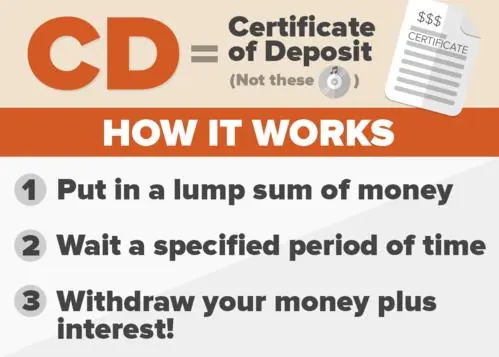Investment schemes come in various forms, and while some are legitimate, others are fraudulent. Ponzi scheme is one of the fraudulent investment schemes that have been around for decades. It is a type of investment fraud that promises high returns on investment to attract unsuspecting investors. However, the promised returns are paid from the investments of new investors, rather than from profits generated by the scheme. In this article, we will provide a professional's perspective on Ponzi scheme, how it works, and how to avoid falling victim to it.
What is a Ponzi Scheme?
A Ponzi scheme is a fraudulent investment scheme that pays returns to earlier investors using the capital invested by newer investors. The scheme is named after Charles Ponzi, who ran a similar scheme in the early 1900s. The scheme works by promising investors high returns on their investment in a short period, usually between 30 to 90 days. The returns are paid from the capital invested by newer investors, rather than from profits generated by the scheme.
How Does a Ponzi Scheme Work?
A Ponzi scheme typically starts with an individual or a group of people who promise high returns on investment to attract unsuspecting investors. The schemers usually use social media, word of mouth, or other marketing strategies to lure investors into the scheme. They promise quick and high returns on investment, making it seem like a risk-free investment.
Once investors start investing their money in the scheme, the schemers use a portion of the money to pay returns to earlier investors. This creates an illusion of profitability and attracts more investors. However, the schemers keep a large portion of the money for themselves, using it for personal expenses or other investments.
As more investors join the scheme, the schemers pay returns to earlier investors using the capital invested by newer investors. This creates a cycle of new investments used to pay returns to earlier investors. The cycle continues until the schemers can no longer attract new investors or when too many investors demand their money back at once. At this point, the scheme collapses, and investors lose their money.
How to Avoid Falling Victim to a Ponzi Scheme
Ponzi schemes can be challenging to detect as they often appear legitimate and promise high returns on investment. However, there are some red flags that investors can look out for to avoid falling victim to such schemes. These include:
1. Unrealistic Returns: Ponzi schemes promise high and quick returns on investment that are often too good to be true. Investors should be wary of such promises and do their research before investing.
2. Lack of Transparency: Schemers of Ponzi schemes often operate in secrecy and do not provide detailed information about the investment or how returns are generated. Investors should ask questions and demand transparency before investing.
3. Pressure to Invest: Schemers of Ponzi schemes often pressure investors to invest quickly, using fear of missing out or limited time offers. Investors should take their time to research and make informed decisions about investing.
4. Lack of Regulation: Ponzi schemes often operate outside the purview of regulators and do not have proper licensing or registration. Investors should ensure that an investment opportunity is regulated before investing.
Conclusion
Ponzi schemes are fraudulent investment schemes that promise high returns on investment but pay with new money from newer investors rather than from profits generated by the scheme. Investors should be wary of such schemes and look out for red flags such as unrealistic returns, lack of transparency, pressure to invest, and lack of regulation. By doing so, they can avoid falling victim to such schemes and protect their hard-earned money.







